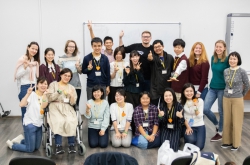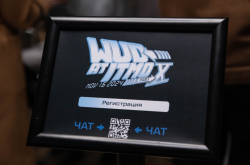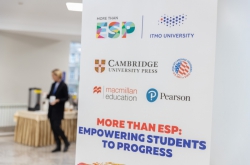This year, the International ITMO Accessibility Days international conference was held for the first time. The main goal of the conference was to ensure the accessibility of urban environments, as well as various devices, websites and mobile applications. City platforms, ramps, and app interfaces – in all these areas the topic of inclusiveness, flexibility and accessibility for people with disabilities is particularly relevant, and the conference is aimed at attracting attention to this problem.
Among the conference’s organizers were the staff of ITMO University’s Center for Usability and Mixed Reality, as well as the Center for Graphic Technologies of the Faculty of Software Engineering and Computer Systems.
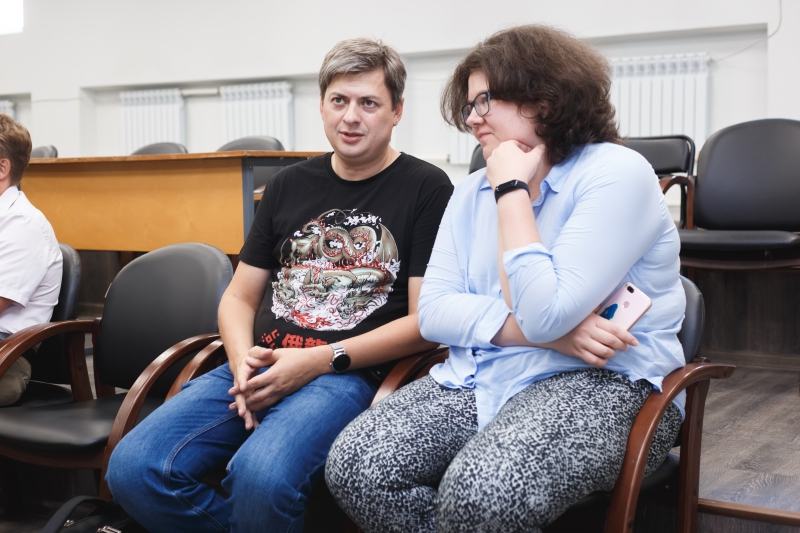
According to one of the center’s staff, Alena Dzhumagulova, the university has started working in this direction a long time ago. There are many student projects on the topic, such as a special watch for the blind and a method for transmitting graphic information for the blind using 3D printing on plastic plates, a mobile communication app for the deaf-blind, and an extensor for people with motor disabilities.
“It took us quite a while to realize that there is a whole range of areas where the topic of inclusivity is particularly relevant, and specialists in all these fields can work together. For example, specialists in inclusive education, physiologists, and usability experts. It is very important to initiate this discussion and talk about accessibility issues. The thing is that it’s a rather unpopular topic in Russia that only a few people are ready to talk about. In our country, there are certain rules for creating websites for banks for better customer interaction, and they comply with global accessibility standards, however, this is the exception rather than the rule for digital interaction with disabled customers,” says Alena Dzhumagulova about the goal of the conference.
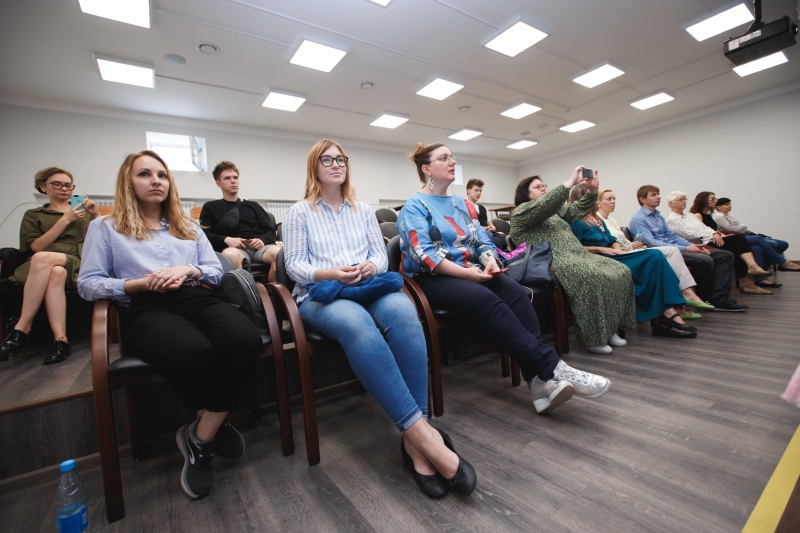
Definition of disability and various devices
Attending the conference were guests from the USA, including Helen T. Sullivan, professor of psychology from Rider University, who shared about the challenges faced by specialists designing devices for people with sensory, motor and cognitive disabilities.
Helen started by giving the definition of disability. It’s a physical, sensory, or cognitive state that restricts a person’s movements, perception, or activity. According to statistics, one billion people (or 15% of the world’s population) have temporary or permanent disabilities, and this number is higher in developing countries.
Specialists in this field create various devices for people with physical disabilities. Helen mentioned digital hearing aids that amplify and modify sounds using small computers to make them easier to hear. The resulting sounds are slightly different from normal, as they are subjected to filtering. The majority of those who have hearing disabilities use digital hearing aids, as they are equipped with Bluetooth and can easily work in conjunction with a smartphone. According to the expert, accessibility is one of the key design features of such products, as well as other devices, services or environments designed for disabled people.
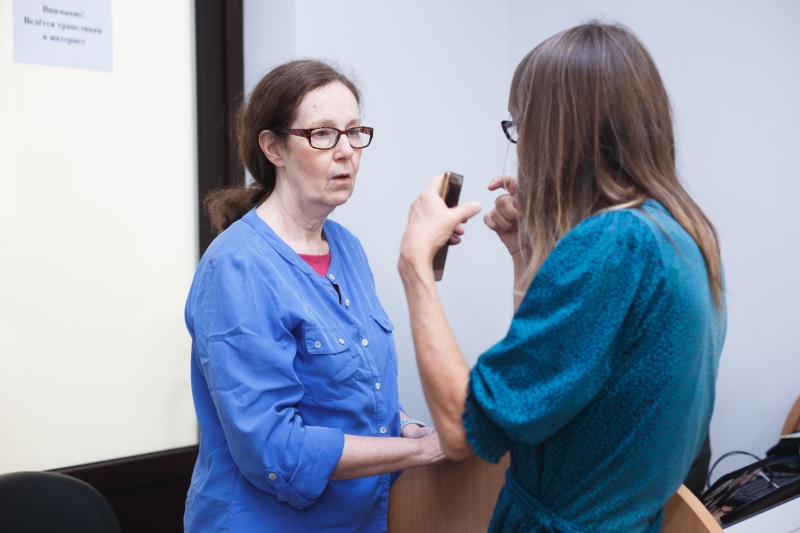
International standards
This topic was continued by another conference speaker, Markku Tapio Hakkinen, Director in Digital Accessibility, Accessibility Standards and Inclusive Technology Group at the US Educational Testing Service. He told the audience about various international standards that must be followed when developing inclusive design and assistive technologies, a term which designates any equipment or system that serves to increase, maintain or improve the functional capabilities of people with disabilities (also known as AT). The AT ecosystem includes, for example, screen readers and programs for enlarging the information display.
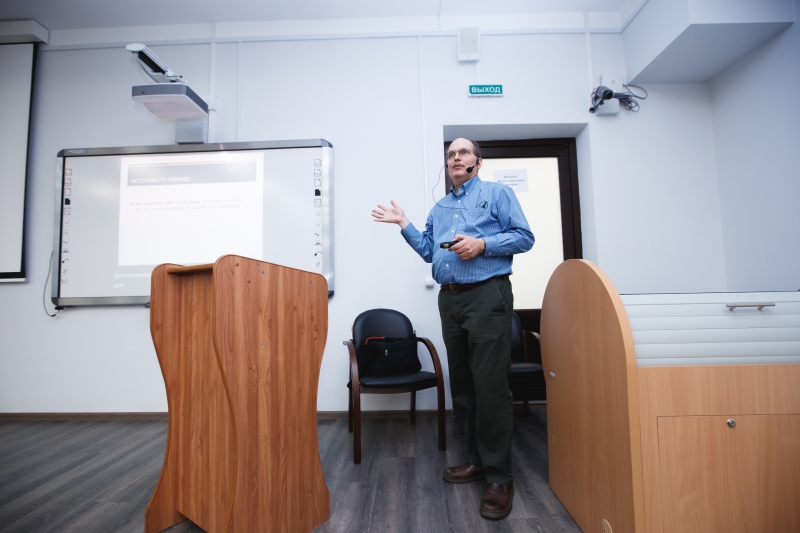
The expert discussed several operating principles that need to be taken into consideration when developing such equipment. One of them is “perceptibility”, which stipulates that information and user interface components should be presented to users in a way that is conducive to perception. Another is “comprehensiveness”: the information and the operation of a user interface should be easily comprehensible.
“There are many myths surrounding the topic of accessibility. “It’s too complicated”, “there are not so many people who need it”, “it’s too expensive”, “it’s going to slow us down”, etc. But these are just excuses. There are several methods that can be applied in this field: to use your UX design to interact with your target audience, to choose tools and frameworks that support accessibility and also to conduct more tests on relevant mechanics. As a result, your inclusive design efforts will help your product or development reach the largest audience possible,” advises Markku.
The staff of ITMO’s Center of Usability and Mixed Reality hope that this conference wouldn’t be the last event on this topic to take place at the university, and there would be many more to follow. This field of studies is very topical at the international scale, the fact highlighted by the international experts’ presentations.


